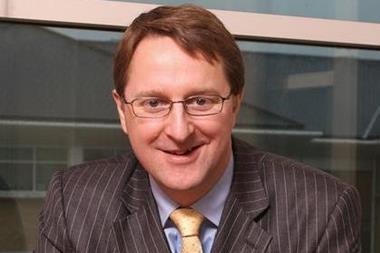Current market conditions are remarkably similar to the late early noughties, when the market turned. Are we about to see a return of the hard market?
Is the hard market about to return?
It’s a trite question. In fact, brokers and insurers, disappointed by several years of rates scrapping the bottom, have almost given up asking it.
But Zurich commercial broker manager Dave Smith, who has over 20 years' experience with the insurer, has spotted an interesting trend.
The last time the market turned was in the late 1990s. Back then, combined operating ratios (CORs) across the market were between 110% and 120%.
These days, without reserve releases the commercial market is operating at between 110% and 115%, as is likely to be shown when FSA returns come out in June, so not far off the early noughties.
What's more, Smith says, rate increases for fleet are beginning to stick: in the first quarter, premiums went up by 7%. In the '90s, the first rate increases to stick were in fleet, before the hard market returned.
However, there are some big differences this time around.
That was then, this is now
The early noughties, for example, saw three massive events that helped push up premiums: September 11, the dotcom crash and the demise of the Independent. The recent Japan disaster may trigger rate rises, but that is likely to be confined to loss-affected reinsurance catastrophe.
Smith notes that there was less capacity in the 1990s. Today’s high levels of capacity, which create intense competition, are helping to keep prices down.
Added to this, Smith feels there were more skilled and experienced underwriters back then. There is a feeling that today’s underwriters are unwisely writing business aggressively, helping keep rates low but also storing trouble for later.
The big push
So, all things considered, is the hard market about to return? There are certainly signs – like rising motor rates – that it could go that way, but there needs to be a catalyst.
Currently, two big threats to global stability are inflation and a eurozone crisis. Credit default swaps on Greek sovereign debt – an investment insurance against default – price the likelihood of a default, effectively a restructure, at 58%, with Portugal and Ireland priced in the mid-thirties. Meanwhile, inflation in the UK is running at 4% - twice the Bank of England’s target.
Also Solvency 2 could be a factor in changing rates, although it is unclear yet if capital restructures will have an effect on capacity output.
There are potential catalysts, but that’s all. The wait-and-see game still has some way to go.






































No comments yet